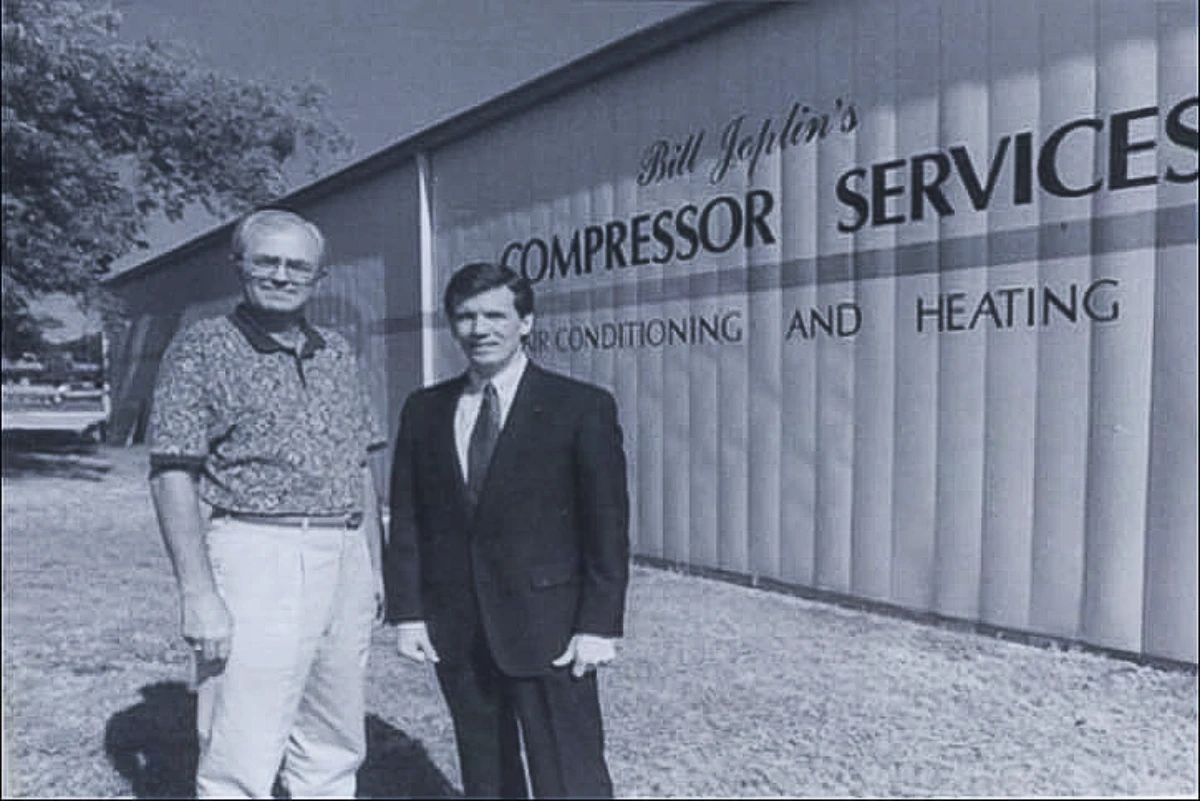Air leakages caused by cracks, gaps and joints in your doors and windows not only makes it difficult to keep your home at comfortable temperatures, but they also can cost you plenty in wasted energy over the long run. By choosing and using caulk to seal most leaks, you can keep your home at its most efficient and maintain an ideal level of home comfort throughout the year.
Choosing the Right Caulk
There are several different types of caulk for different conditions and different areas of the house:
- Silicone offers excellent durability and adhesion for sealing glass and other areas.
- Polyurethane works best for siding, windows and doors due to its better adhesion properties and dirt resistance.
- Rubberized polymer work best as roofing sealant, as it won’t dry out under extreme conditions.
- Siliconized acrylic is ideal for bathroom and kitchen jobs.
- Latex works best for sealing interior trim.
Tips for Using Caulk
When it comes to choosing and using caulk, it’s easy for the average homeowner to make a mess of it. The following tips can help you go about it the right way:
- Make sure the surface is free of any dirt, loose particles or old caulk before applying the new caulk.
- If you’re using silicone or polyurethane caulk, tape off the area of application beforehand.
- Don’t run the caulk with your wrists – instead, keep your hands steady and use your upper body to control where the caulk goes.
- If you have a long bead to run but had to stop for some reason, start again at the other end and meet in the middle.
- Smooth the caulk with either a caulk-smoothing tool, if you have one, or your finger within minutes of application for a cleaner appearance.
Carefully choosing and using caulk can mean the difference between reaping energy savings year-round and paying more on energy costs.
For more information on choosing and using caulk, contact us at Bill Joplin’s Air Conditioning & Heating. We proudly serve the McKinney, Frisco and Allen areas with excellent service and customer satisfaction.


